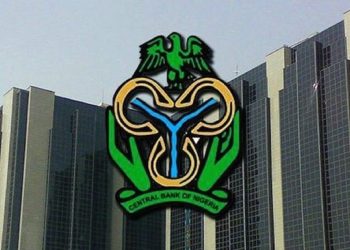In a recent statement on monetary policy, the Bank of Japan has announced significant adjustments to its approach to yield curve control and asset purchases, aimed at fostering a more flexible and responsive financial environment to support the nation’s economic recovery.
At the Monetary Policy Meeting held on October 31, 2023, the Policy Board of the Bank of Japan unveiled a series of measures designed to enhance flexibility while adhering to their commitment to achieve the 2 percent price stability target. Key points from the statement include:
1. Yield Curve Control
The Bank of Japan will maintain the target level of 10-year Japanese government bond (JGB) yields at around zero percent. However, they have introduced an upper bound of 1.0 percent for these yields as a reference. The Bank will primarily control these yields through large-scale JGB purchases and nimble market operations. This shift signifies a more adaptable approach to yield curve control.
The guidelines for market operations will also involve a negative interest rate of minus 0.1 percent for the Policy-Rate Balances in current accounts held by financial institutions at the Bank. This approach seeks to encourage a yield curve consistent with the overall market operations plan.
2. Guidelines for Asset Purchases
The Bank of Japan will adjust its asset purchase guidelines to address the evolving financial landscape. The Bank will purchase exchange-traded funds (ETFs) and Japan real estate investment trusts (J-REITs) as necessary, with upper limits of about 12 trillion yen and about 180 billion yen, respectively, on annual paces of increase in their amounts outstanding.
The Bank will also maintain the amount outstanding of commercial paper (CP) at about 2 trillion yen. Furthermore, the Bank plans to purchase corporate bonds at about the same pace as before the COVID-19 pandemic, with the goal of gradually restoring their outstanding amount to pre-pandemic levels.
3. Inflation Outlook
The Bank of Japan has revised its inflation outlook upwards, primarily due to prolonged effects of cost increases, including rising import prices and crude oil prices. The Bank anticipates that underlying CPI inflation will gradually increase toward the 2 percent price stability target, with a focus on promoting a virtuous cycle between wages and prices. The Bank’s commitment to monetary easing under Quantitative and Qualitative Monetary Easing (QQE) with Yield Curve Control remains unchanged.
4. A Patient and Adaptive Approach
With uncertainty prevailing in both domestic and international economies and financial markets, the Bank is adopting a patient and adaptable stance. It intends to continue monetary easing while nimbly responding to developments in economic activity, prices, and financial conditions. The Bank of Japan will persist with QQE with Yield Curve Control, aiming to achieve the 2 percent price stability target in a sustainable and stable manner.
The Bank is committed to maintaining financial stability and will not hesitate to implement additional easing measures if necessary to support Japan’s economic activity and ensure a favorable environment for wage increases.
The Bank of Japan’s revised monetary policy represents a strategic shift towards increased flexibility and responsiveness to the current economic environment, aiming to bolster the nation’s ongoing economic recovery efforts. This adaptation in monetary policy is reflective of the Bank’s commitment to achieving the 2 percent price stability target and supporting Japan’s economic activity.










